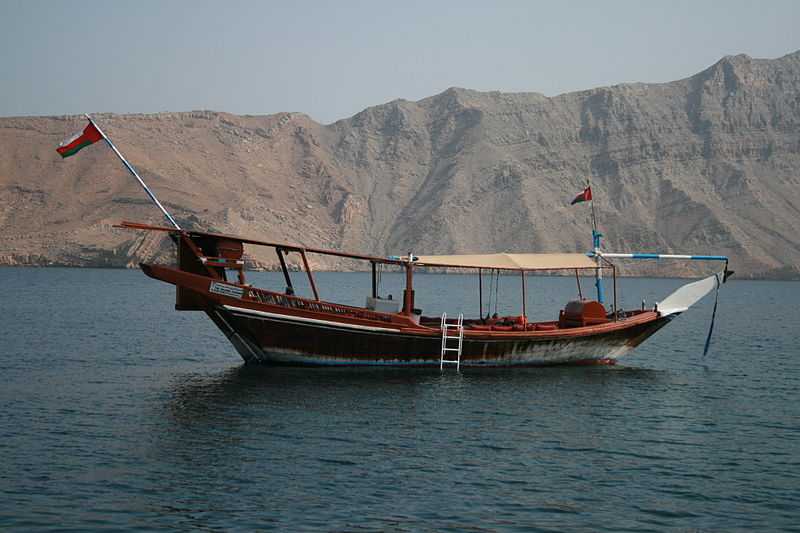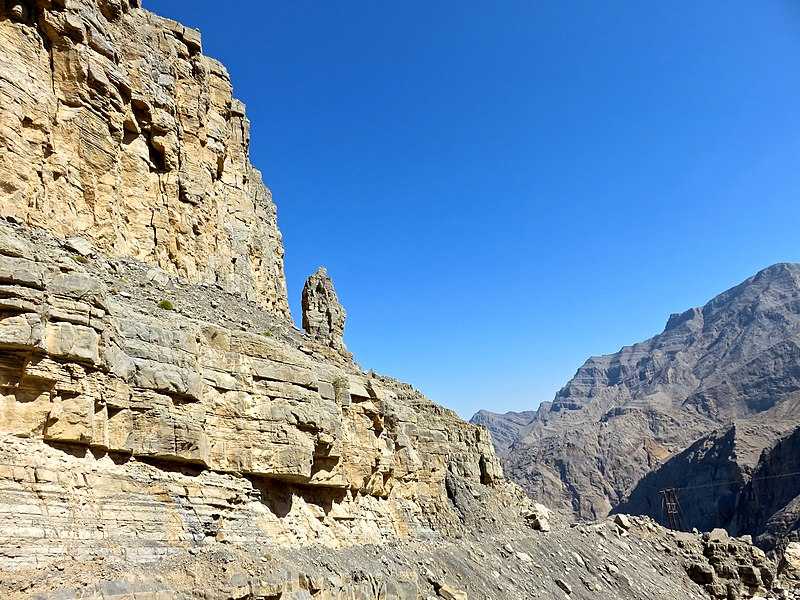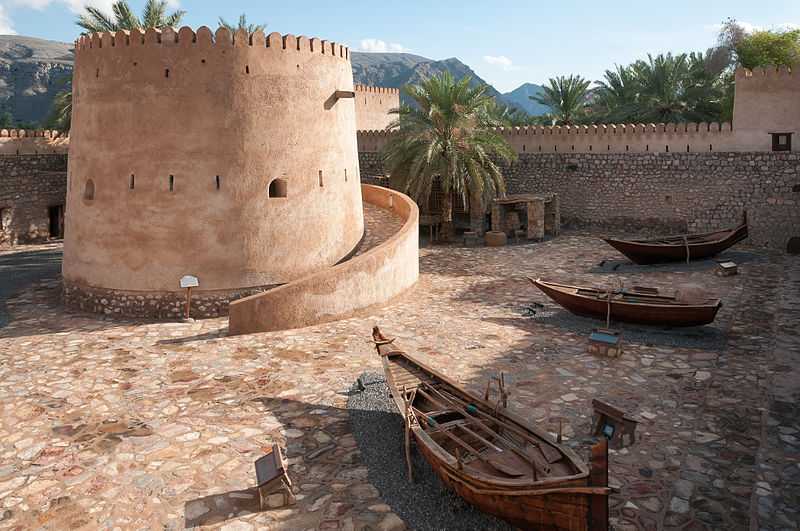Musandam Travel Essentials
Rating:
Weather:
Ideal duration: 1 Day
Best Time: November-March Read More
Planning a Trip? Ask Your Question
"The Unexplored Omani Getaway"
Musandam Tourism
Musandam is rich with modern architecture as well as serene beaches. It is a much-loved destination for scuba divers because of the clear waters and the amazing facilities at the destination. This Omani peninsula is bordered by rugged mountains and turquoise water bodies and guarded by two gulfs – the Arabian and the Omani. Rich in Arabian culture, mixed with that of Iran’s, Musandam is rich in its ethnicity as well.
Musandam also contains one of the most important and the busiest waterways- the Strait of Hormuz. Moreover, the tallest peak in the region, Jebel Harim is studded with fossils of fish and other marine animals that are over 250 million years old. These varied sights coupled with a rich and diverse culture make Musandam an astonishing destination to explore.
Top Hotels In Musandam
More on Musandam Travel
Places to Visit in Musandam
Musandam is a small region and hence doesn’t have much to offer in terms of quantity but a lot more in terms of quality. Its mix of history and gorgeous views attracts offbeat travellers from all over the world.
1. Musandam Khors

One of the most popular and scenic ways to visit Musandam is to cruise through the 'khors' (inlets) and the villages that are nestled between them. Some of these villages are solely fishing communities and locals here speak a dialect of Arabic so primitive that it seems exotic even to the Omanis. While Khor Al Najd can be accessed by road, most of the other villages can be reached only by a ferry or a boat. Please note that to get inside these villages, one needs a special permit that can be arranged by a local or international tour operator.
2. Jebel Harim

Jebel Harim is the crown jewel of this region and can be visited by road or overseen while on a flight. Especially in the month of Spring, driving over the mountain passes on an SUV is a rewarding pursuit. The peak is much more beautiful during this time with blooms of green and purple geraniums. However, the likelihood of these is majorly dependent on the Monsoon season and the heaviness of rains that the region can experience. Moreover, the mountain is filled with fossils, some of them almost 25 Million Years Old.
3. Khasab Fort and Khmazera Castle

Built by the Portuguese in the 17th Century, Khasab Fort lies right in the middle of civilization but is nonetheless beautiful. It is surprisingly still in a well-preserved state and is the site of an ethnographic museum in Oman. Getting into the fort incurs a charge of 500 Baisa. The Khmazera Castle, however, is a bit of a let down in terms of its grandeur but is decorated with cannons, oyster shells and a huge renovated well.
Best Time to Visit Musandam
Nearby Places
How to Reach Musandam
How to Reach Overview
How to reach Musandam by flight
How to reach Musandam by road
How to reach Musandam by waterways
Local transport in Musandam
Browse Package Collections
FAQs on Musandam
What is the best time to visit Musandam?
Read More
What is the best way to reach Musandam?
Read More
What are the places near Musandam?
Have a Question on Musandam?

experience.
Musandam Reviews
